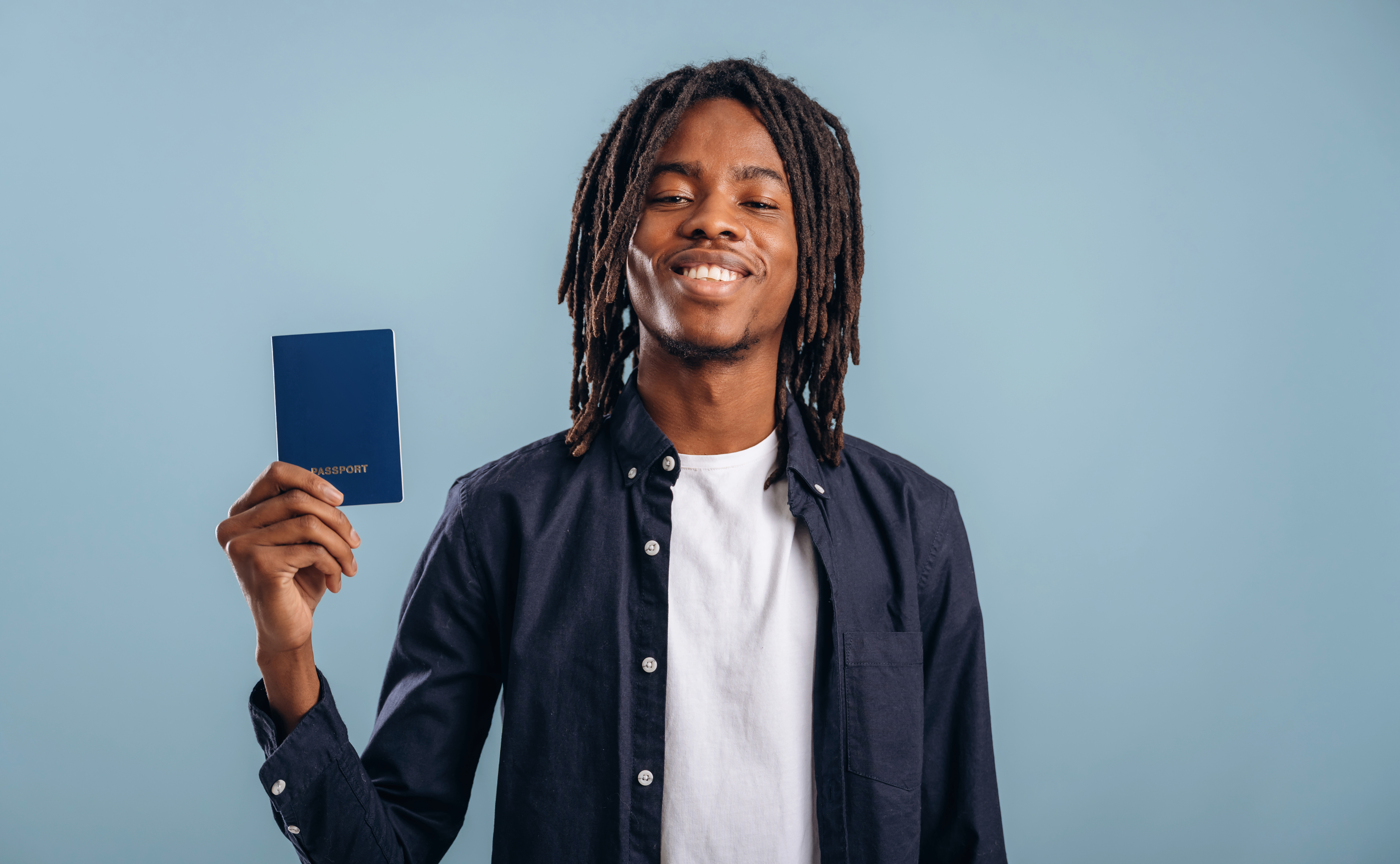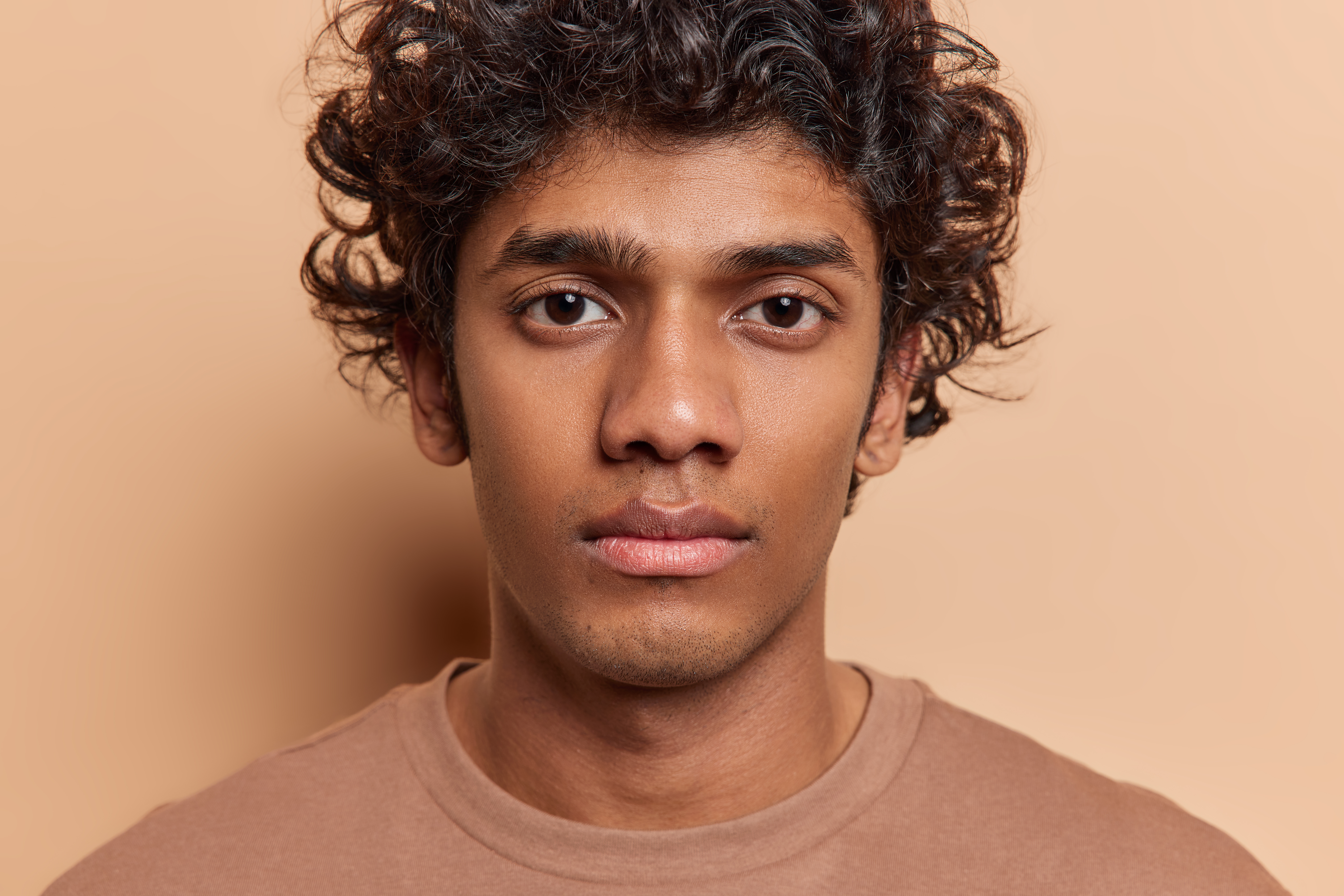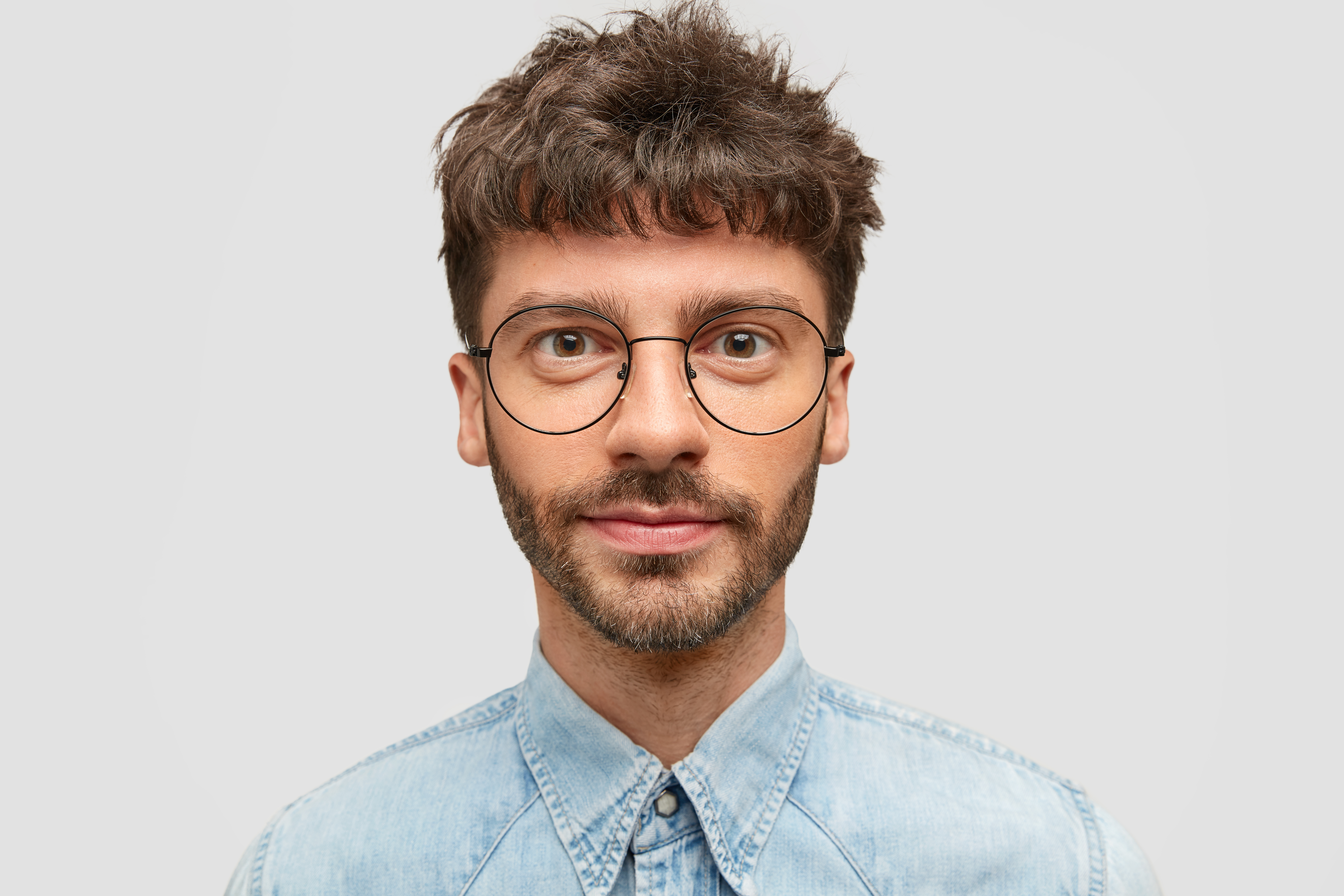
Can You Smile in a Passport Photo
Obtaining a passport photo is generally a straightforward process; however, a common question often arises: "Is smiling permitted?".
The answer to this is not entirely simple. It depends heavily on the country issuing the passport and its specific regulations.
While a grin is almost universally disallowed, the rules around a subtle, closed-mouth smile can vary significantly.
Understanding these guidelines is key to ensuring the photo is accepted, and your travel plans proceed without problems.
Country-Specific Rules: A Global Snapshot
Passport photo regulations differ around the world. What is acceptable in one country might lead to rejection in another.
- United States: The U.S. Department of State is very clear on this issue. Passport photos must feature a neutral expression or, at most, a "slight, natural smile." This means a closed-mouth smile is permissible, but showing the teeth is not. The goal is to keep your expression as natural and neutral as possible, so your entire face is visible.
- United Kingdom: The UK's HM Passport Office requires a "plain expression" with the mouth closed. They state "no smiling," which is a stricter interpretation than the U.S. guideline. The face should look straight at the camera without any grinning or frowning.
- Canada: Similar to the U.S., Canada allows for a neutral facial expression. The government guidelines specify that it should be neutral and that smiling is not recommended. While a very faint smile might pass, it is safer to avoid it altogether to prevent rejection.
- Australia: Passport photo rules in Australia also call for a neutral expression with the mouth closed. The guidelines are designed to ensure the photo is suitable for biometric matching, so any expression that alters your facial features is discouraged.
- European Union: Most EU countries have adopted similar standards based on International Civil Aviation Organization (ICAO) guidelines. These standards generally require a neutral expression with the mouth closed. For instance, countries like Germany, France, and Spain all enforce this rule strictly.
In the case of children and infants, the rules for biometric identification photos may differ.
Many countries allow more flexibility, recognizing the difficulty in achieving compliance with standard guidelines for this age group.
For example, a plain expression or even fully open eyes might not be required.
Common Misconceptions
The "no smiling" rule is frequently misunderstood. This section aims to clarify common misconceptions.
- Myth 1: You must look serious or unhappy.
This is not true. The goal is a neutral expression, not a sad or serious one. You should aim for a relaxed and natural look.
Tensing the facial muscles to look overly serious can distort the features just as much as a big smile.
- Myth 2: Any hint of a smile will get your photo rejected.
This depends on the country. In the U.S., a slight, closed-mouth smile is acceptable.
However, in countries with stricter rules like the UK, it's best to avoid smiling completely.
The key is "natural." If your resting face has a slight upturn at the corners of your mouth, it will likely be fine.
- Myth 3: The rules are just for bureaucratic reasons.
As explained, the rules are deeply rooted in security and technology.
Facial recognition is a critical tool for border security, and a compliant photo is essential for the system to function correctly. The regulations are practical, not just procedural.
Practical Tips for a Passport Photo
Taking a photograph that meets all requirements can feel challenging, but following a few simple tips can make the process smooth and successful:
- Relax the face: Before the photo is taken, consciously relax the facial muscles. Let your jaw hang loosely, and your lips rest naturally.
- Aim for neutral: Think of a calm expression. Don't force a frown or a smile. Just look directly at the camera with the eyes open.
- Keep the mouth closed: This is the most universal rule. Regardless of the country, a photo with an open mouth or visible teeth is almost certain to be rejected.
- Position the head correctly: Face the camera directly with your head centered in the frame. The entire face, from the top of the hair to the bottom of the chin, must be visible.
- Use a professional service: While you can take the photo, professional passport photo services are familiar with the specific requirements for different countries.
Thanks to the above tips, you can prepare for taking the passport photo carefully.
Paying close attention to details like avoiding an open mouth, correctly positioning your head, and considering a professional service will significantly increase the chance that your photo meets the strict requirements.
Frequently Asked Questions
- Can I wear glasses in my passport photo?
Most countries do not allow glasses in passport photos, so your eyes are clearly visible. - What should I wear for my passport photo?
Wear your usual everyday clothing. Avoid uniforms, camouflage, or clothing that blends with the background. - Can I smile in my passport photo?
You should maintain a neutral expression with your mouth closed. A slight natural smile is typically acceptable. - Are babies and young children required to have their own passport photos?
Yes, all travelers, regardless of age, require their own passport photos. For infants and children, certain allowances are made, such as relaxed requirements for facial expression and eye alignment. - How recent should my passport photo be?
Passport photos should usually be taken within the last 6 months to reflect your current appearance. Using older photos may result in delays or rejection of your application. - Can I edit my passport photo to correct imperfections?
No, photos should not be digitally retouched or edited to alter your appearance. This includes removing blemishes, changing skin tone, or modifying any facial features.
Conclusion
Following the guidelines for passport photos is essential to make your travel documentation process go smoothly.
Taking the time to understand and meet the requirements will save you from unnecessary delays or complications.
Whether you choose to take the photo yourself or use a professional service, the goal is to produce a clear and compliant image that simplifies the application process, letting you focus on planning your travels.


